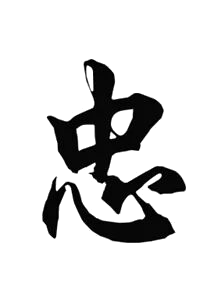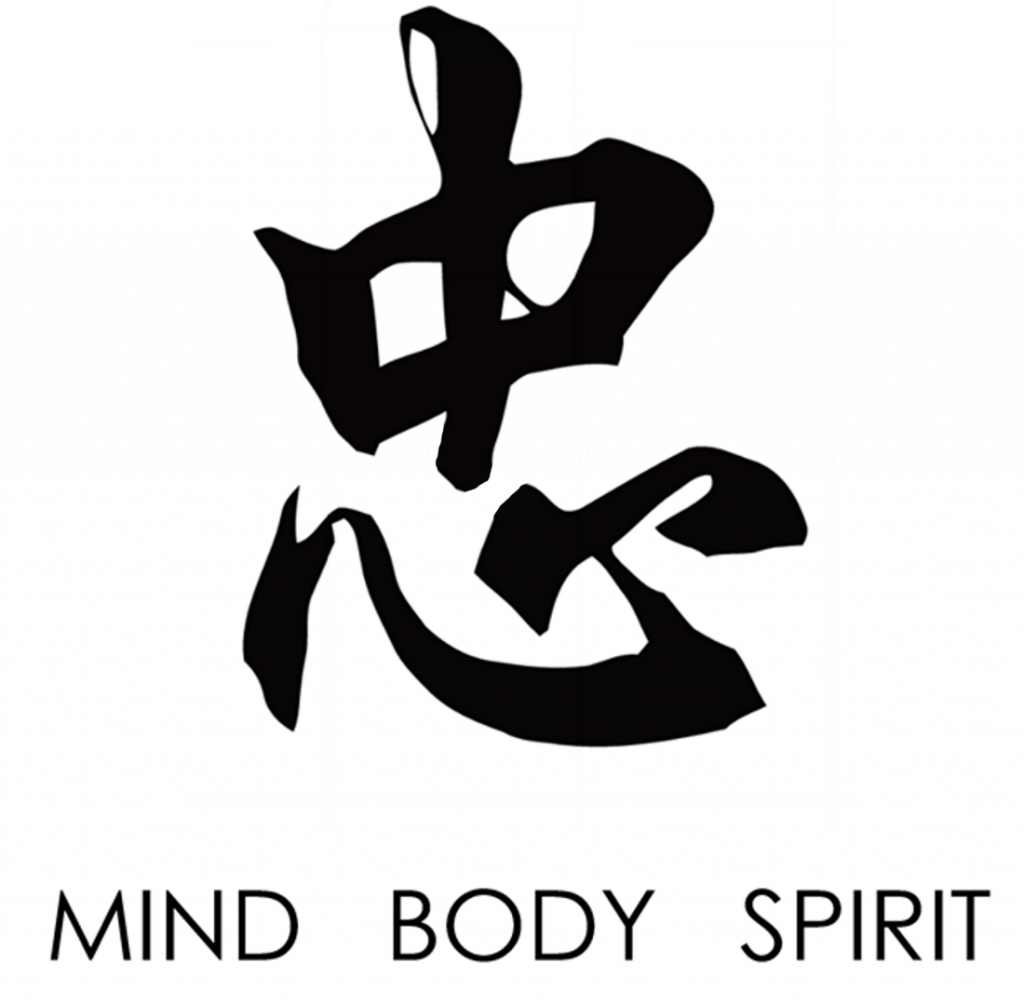Aikido seminar in April 2023 with Stokhof sensei 5th dan aikikai
Every three months Chushin Dojo invites Stokhof sensei to head aikido and kenjutsu seminars https://www.chushin.nl/8th-kenjutsu-seminar-with-malte-stokhof-april-2023 https://www.chushin.nl/8th-kenjutsu-seminar-with-malte-stokhof-april-2023/.
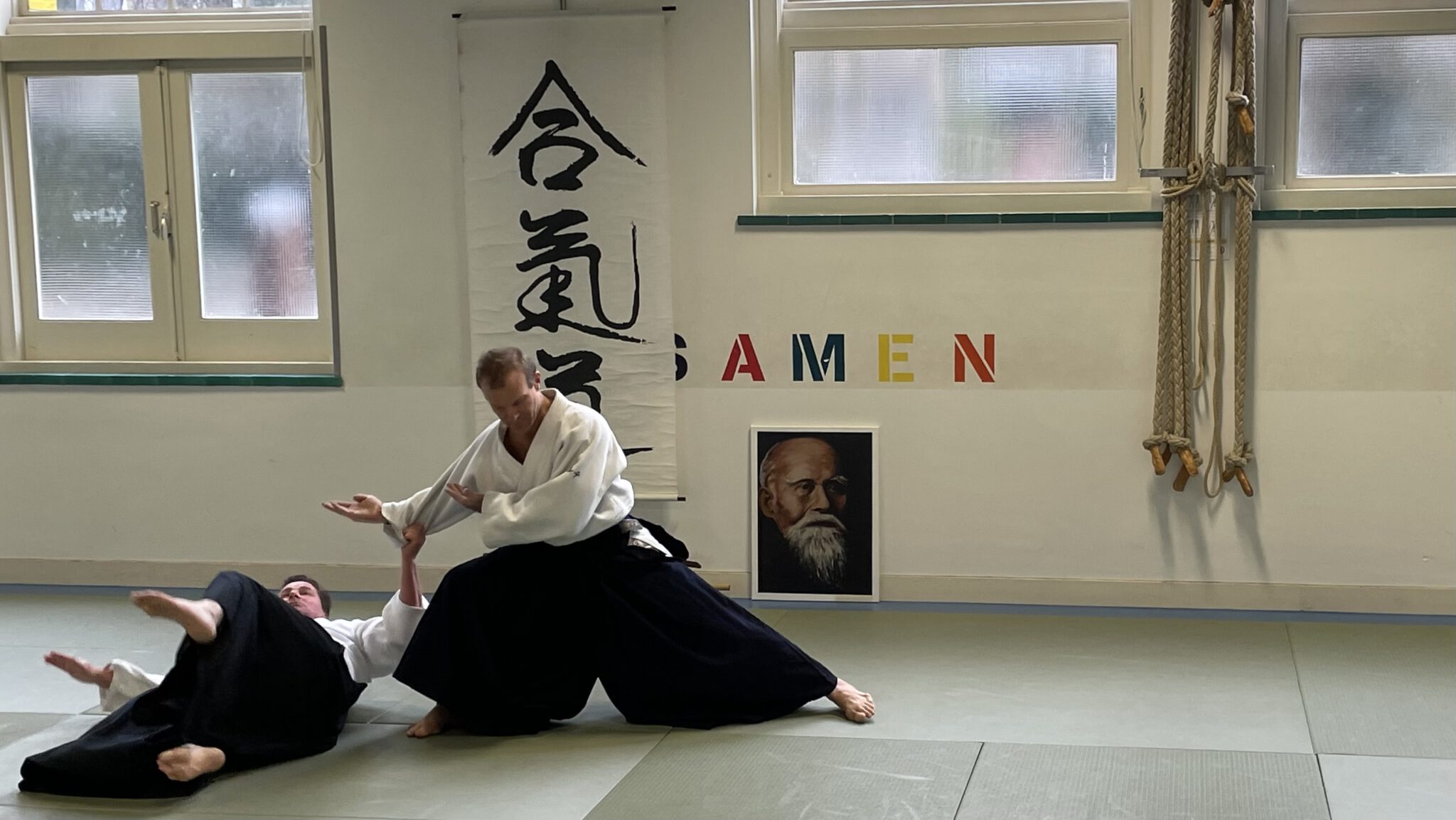
In the December seminar [https://www.chushin.nl/no-time-for-pain-aikido-seminar-with-malte-stokhof-december-2022/] Stokhof sensei worked with ryote dori as a basis for nage waza and katame waza.
Aikido has deep underlying methods in its pedagogic build-up. Many advanced techniques are hidden in basic applications. This way advanced techniques are trained directly from the beginning with the basics. It is often only after years of practice that the students make the connection.
Basic techniques prepare us for the advanced part of the curriculum. But it works the other way as well. As soon as we understand parts of the advanced applications we should look back at the basics and apply advanced elements into the basics. Basic movements polish advanced applications and advanced movements polish basic applications in a continuously developing cycle.
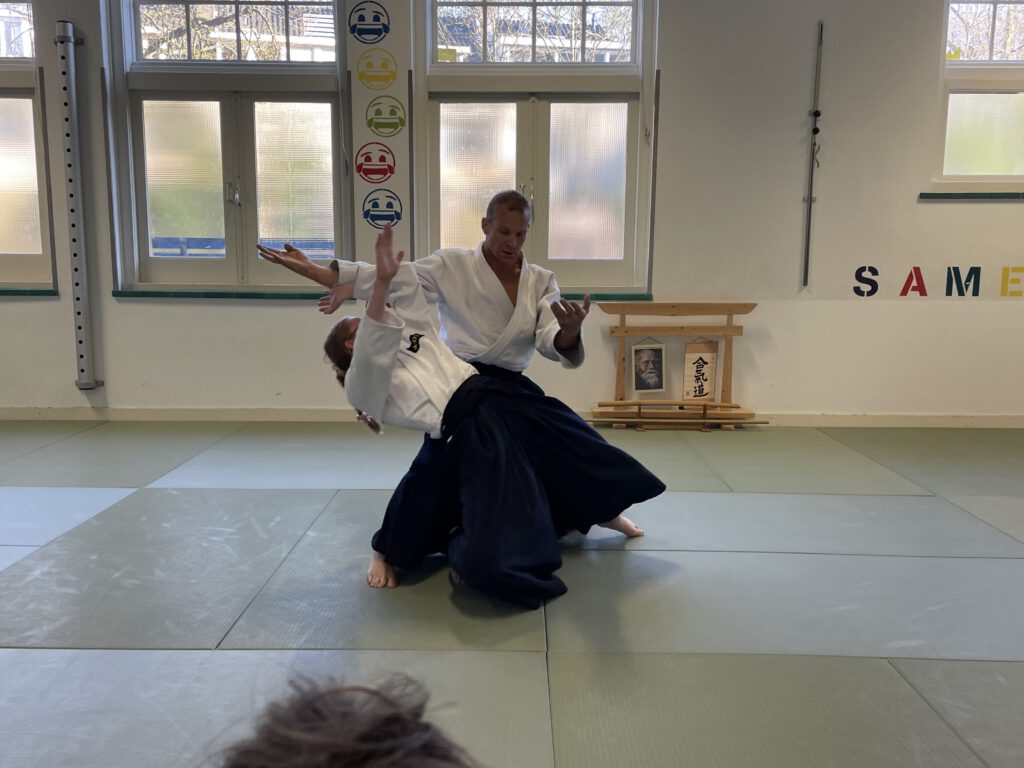
Stokhof set out to clarify one of these connections. He used defenses against katate dori attacks as a basis to study defenses against tsuki attacks. He showed that many of the tai sabaki and te sabaki used in the former defenses are applicable in the latter. With some minor variations students can escape and control punches in ways they would deal with wrist grabs.
In both attacks the attacker moves the arm swiftly towards the body of the defender. One attack continues into a grab, the other attack is delivering percussive force in the form of a fist strike. Before the grab attack actually grabs, it can be treated as a fist strike that has not reached the body yet. This understanding helped us to directly see the applications we had learned already. We could use the same body displacements but with different timing. We even could use the exact same wrist manipulations from defense against grabs to ward off, deflect or control strikes. We just had not considered using these same elements in this way against fist strikes.
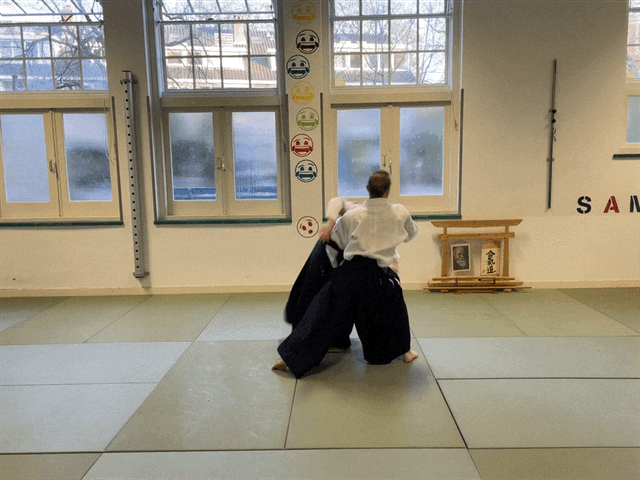
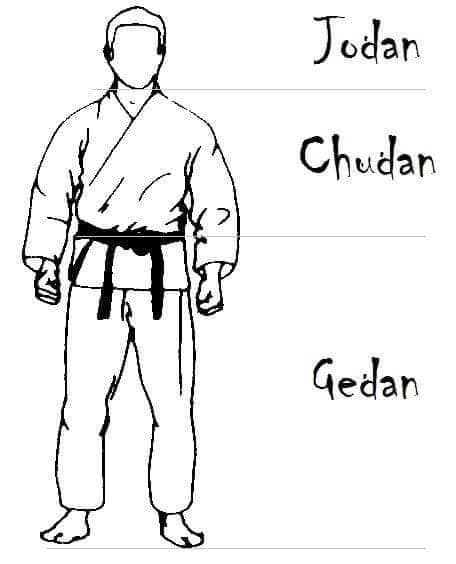
After the sensei introduced this principle we applied it to defending against attacks aimed at different parts of the body (gedan, chudan and jodan). We had to attack realistically; hitting the body of the partner. We also worked with combinations of fist strikes
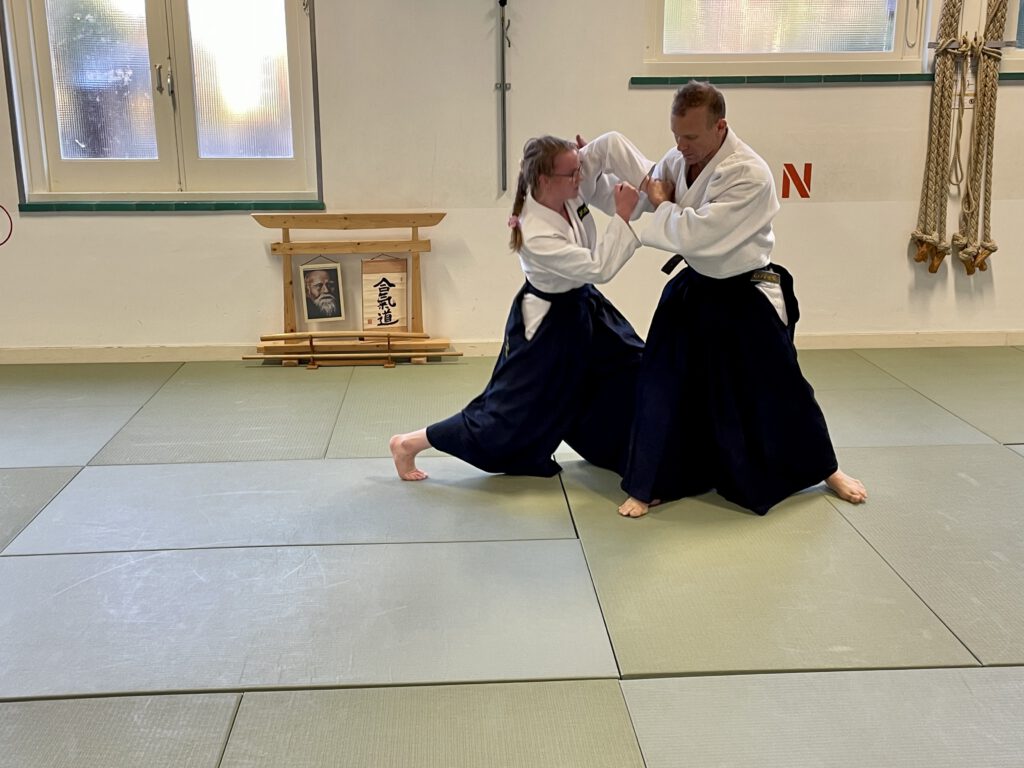
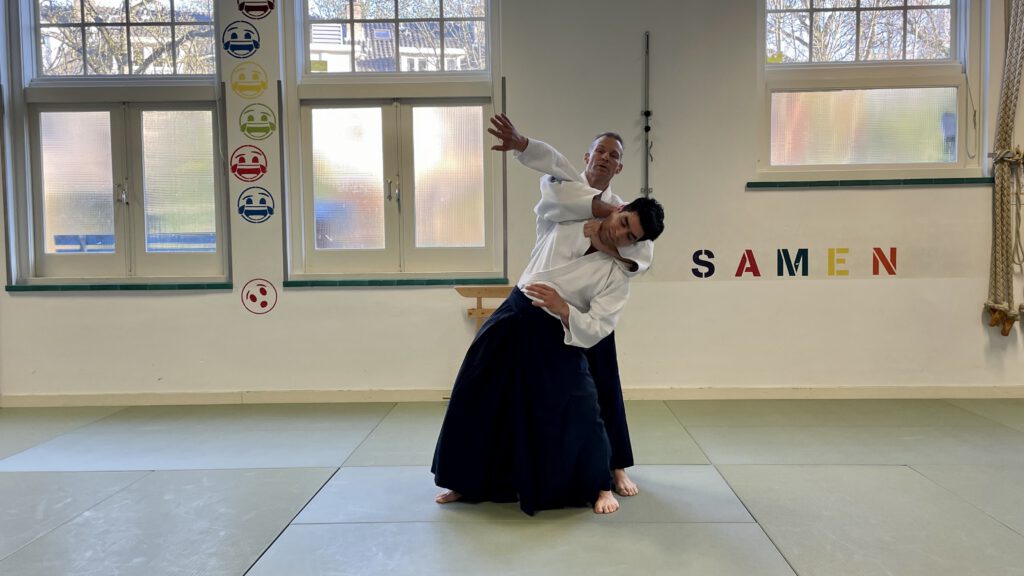
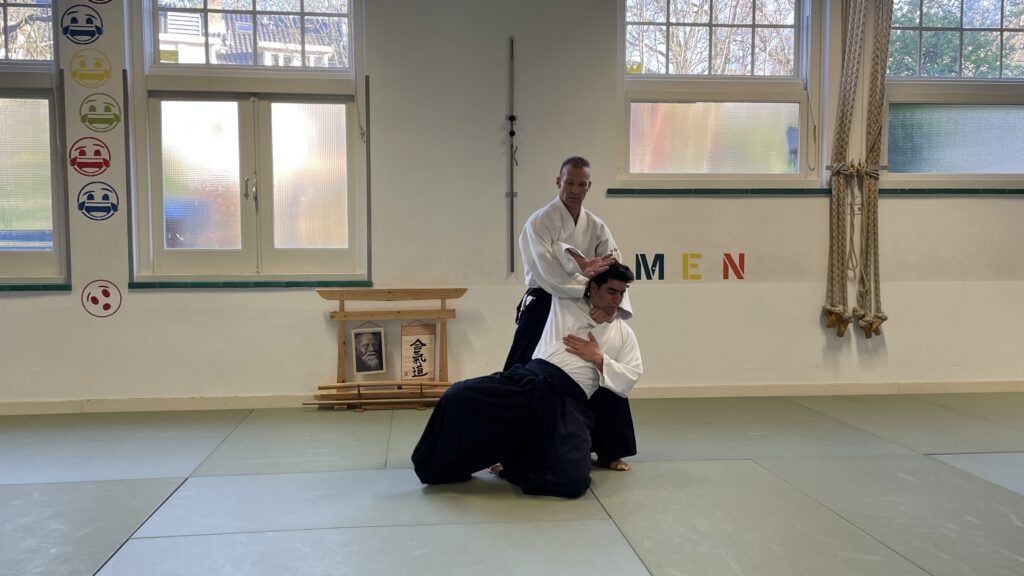
From there we moved into direct applications such as ikkyo, kote gaeshi, iriminage, uchi- and soto kaiten nage and kubishime. The time to study the techniques was short and we studied many variations but with the same principle: tai sabaki and te sabaki leading to a full technique.
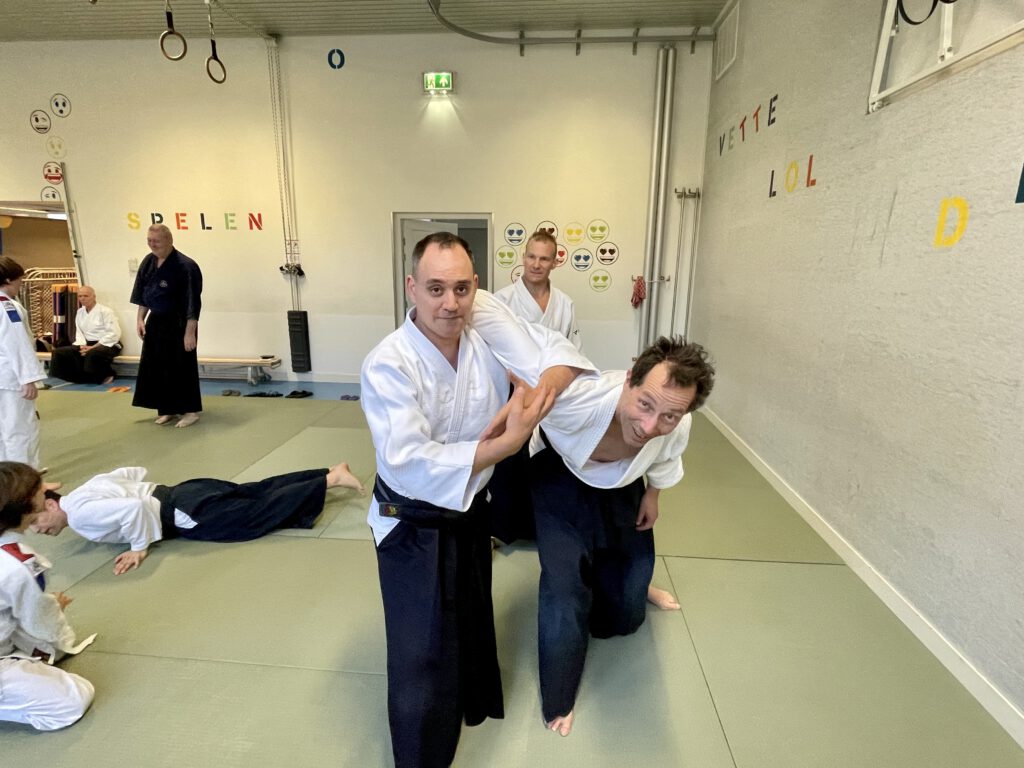
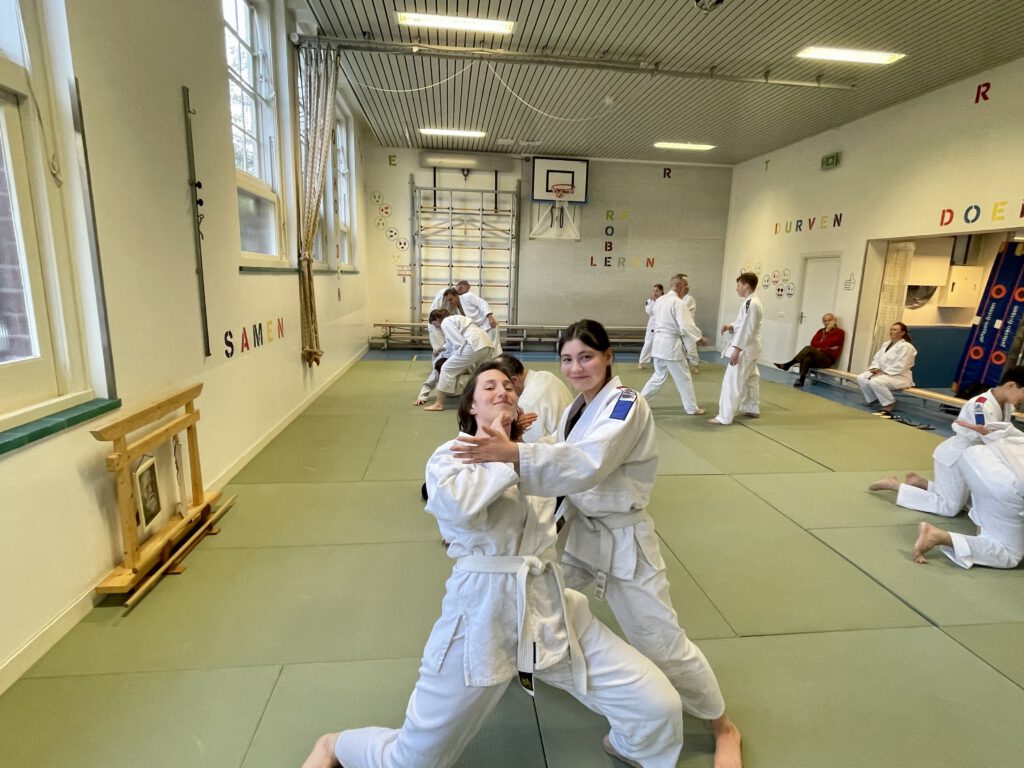
The atmosphere in the dojo was akin to what one finds when children just unpacked a new toy and are excited but quietly discussing how to use it. We were studying, whispering to ourselves and surprised how easily we could apply the teachings. Our bodies were making the connections we had not yet made in our minds. We felt like we had received a shortcut through the curriculum.
.
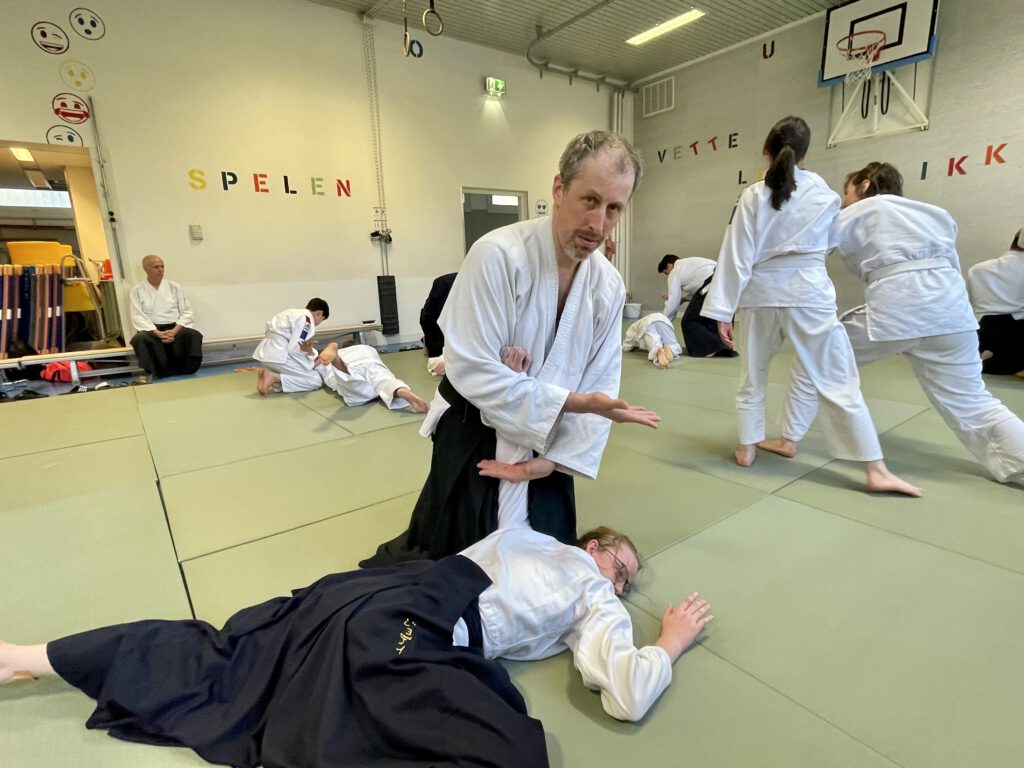
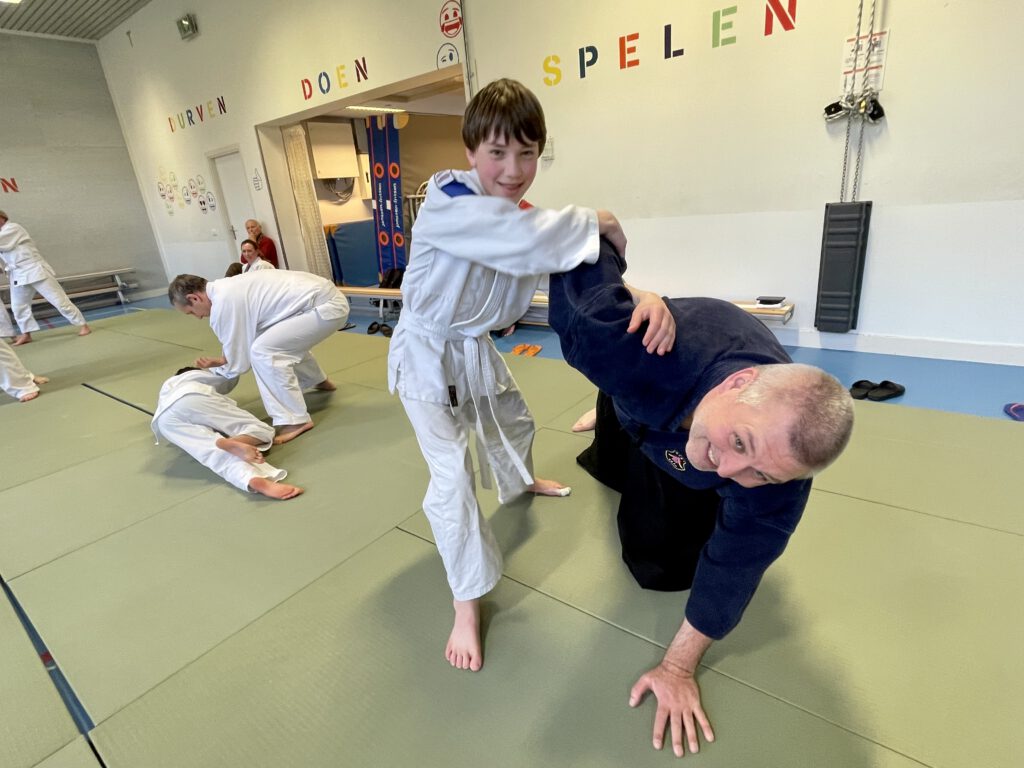
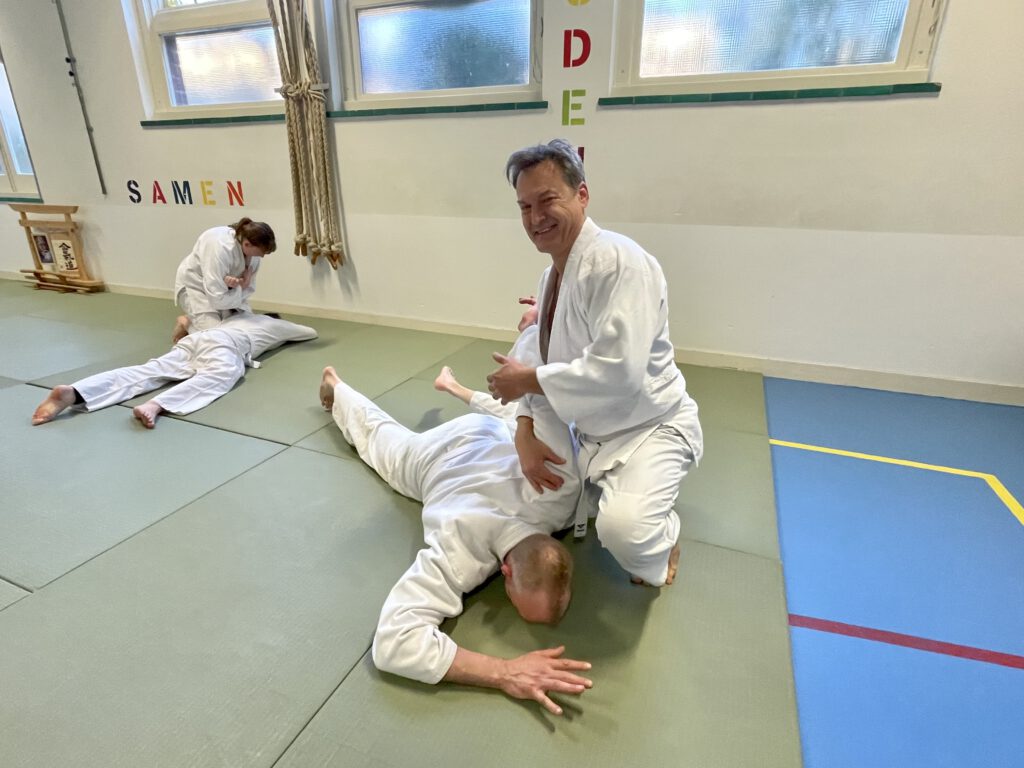
At the end of it we came full circle. Stokhof sensei now showed how to use the timing of defense against fist strikes against the grab attacks. We can intercept grab attacks before being grabbed and neutralize these using the applications against fist attacks.
